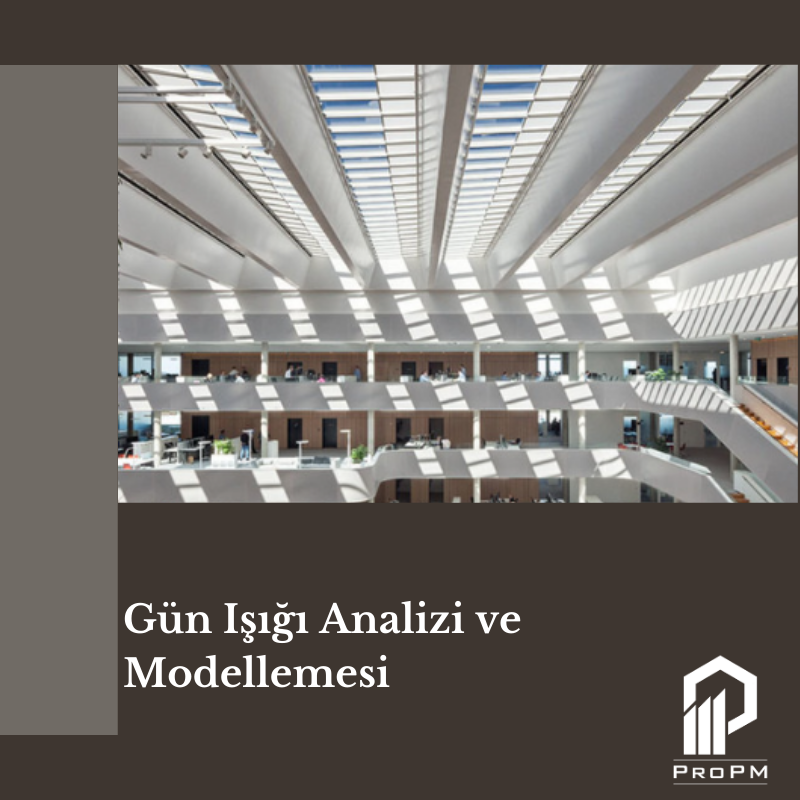What is Daylight Design, how is it done, what should be considered?
Daylight design is concerned with how natural daylight will affect interior spaces and how these effects can be optimized during the architectural design process. This design allows daylight to affect indoor spaces either directly or reflected.
Daylight design is done using various software and methods. For example, using daylight analysis software, it is predicted how daylight will affect indoor spaces and in which places and at what times the impact of daylight will be greatest. It also offers suggestions for how daylight can affect interiors and how these effects can be reduced. For example, the selection of curtains and blinds is provided so that natural daylight does not overheat the interiors.
Daylight design considers energy efficiency, indoor quality and environmental impact. Therefore, daylight design is a required criterion for Green Building certifications.
Some important points to consider in daylight design are:
- Allowing daylight to naturally enter interiors: Factors such as windows, glass facades and layout affect how daylight enters interiors.
- Natural distribution of daylight indoors: Factors such as layout, wall color and reflective surfaces are effective in ensuring that daylight is distributed naturally indoors.
- Controlling the daylight: Control mechanisms such as curtains and blinds can be used to ensure that the daylight is at the desired level indoors.
- Ensuring daylight energy savings: Ensuring that daylight enters the interiors naturally is important for saving energy.
- Aesthetic effect of daylight: The use of daylight to enhance the aesthetics of interior spaces is important in design.
What is the importance of Daylight analysis and modeling in Green Building certificates?
Green Building certificates are a standard for optimizing the energy efficiency, environmental impact and interior quality of buildings. Daylight analysis and modeling are important to meet certain criteria for these certifications. For example, LEED (Leadership in Energy and Environmental Design) certification is a necessary criterion for evaluating how daylight affects indoor spaces and how these effects can be reduced.
This analysis and modeling can be used to take the necessary measures to reduce the effects of natural daylight. For example, it provides the selection of curtains and blinds necessary so that natural daylight does not overheat the interiors. It also determines the lighting levels and placements required for daytime lighting to save energy. Therefore, Daylight analysis and modeling in Green Building certifications are important for optimizing energy efficiency and indoor quality.

